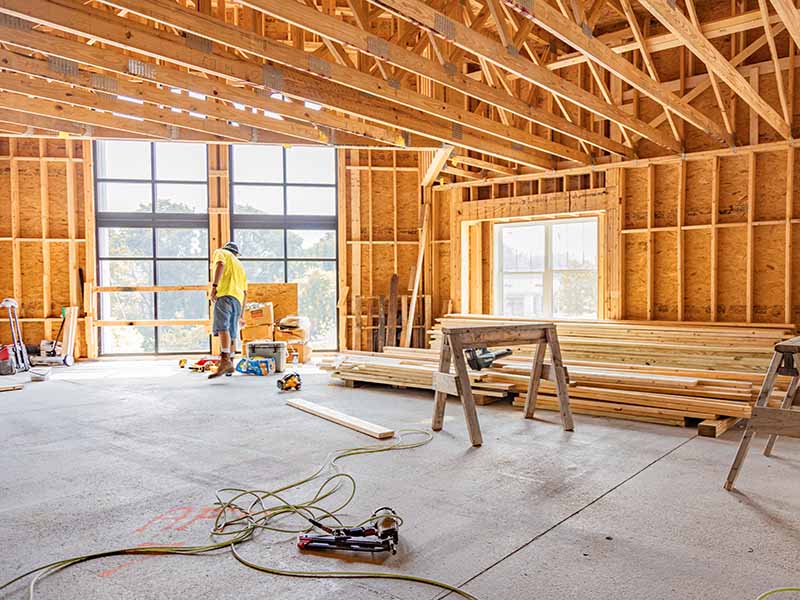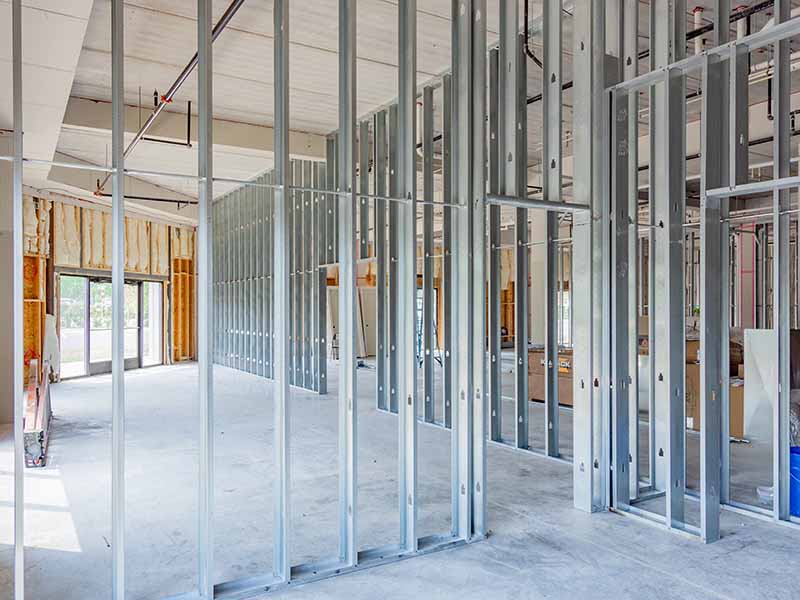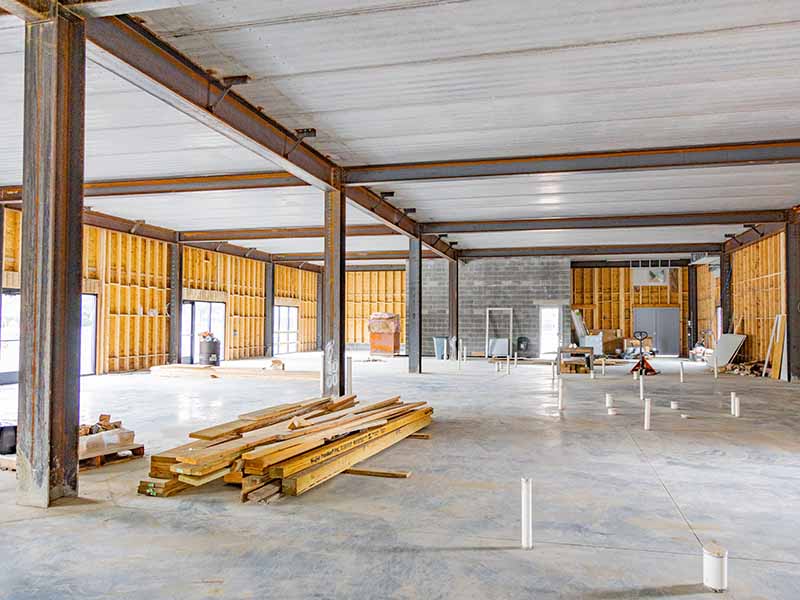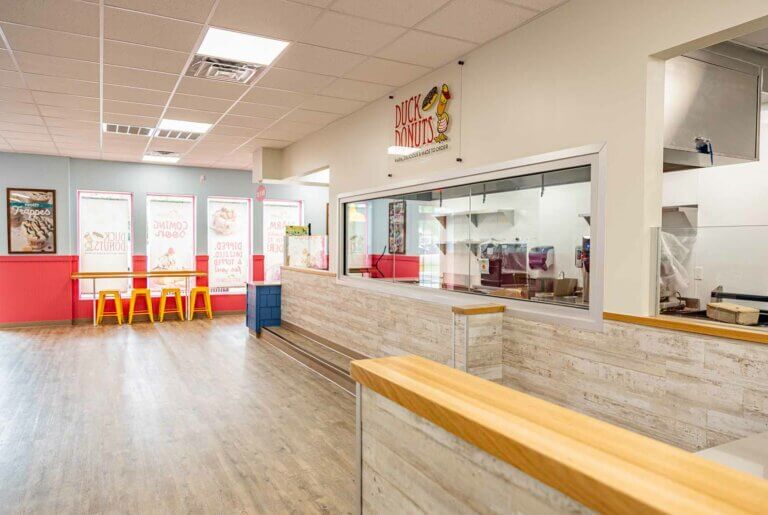Buildouts
Invisible yet invaluable, the backbone of any building begins behind the drywall—with a carefully crafted skeleton of framing that provides lasting strength for the entire structure. Framing is one of the most essential pieces of the stick-built construction process, and can be done in multiple variations that meet the specific needs of residential (apartments), commercial, medical, and industrial projects. Both wood and light gauge steel are practical options for framing, and each presents a plethora of benefits. See below which type of framing style is best suited for your building needs.
In addition to being widely proficient at framing, our accomplished carpentry team excels at transforming build-outs into functional spaces. Build-outs are no challenge for our team, who are experienced in breathing new life into preexisting structures to meet new needs. Whether it’s ground up construction or a commercial retrofit, we can bring your dreams to reality.


Wood or steel framing for your project?
Not all frames are created equal! When it comes to building your space, the foundation you choose matters. We offer a variety of framing solutions to suit any project, from simple commercial/retail spaces to expansive medical offices. Though they both provide favorable benefits, wood and steel framing are utilized for different purposes, and for good reason. Learn about the advantages and differences between wood and steel framing, and see which is the right/best choice for your project.
Residential

Wood Framing
(apartment buildings)
Commercial

Steel Framing
(sometimes wood framing)
Medical

Wood or Steel Framing
(dependent on the client's choice)
Discover the rewards and drawbacks between wood and metal framing.
Wood
Rewards of Wood Stud Construction
- Strong, durable, and generally low priced
- Smarter choice for cost-effective construction
- Can support heavier loads of weight
- Easy to source, highly available
- High versatility, increased design capabilities
- Non-conductive
- Natural insulation
- Improved sound dampening/soundproofing
- More familiar to carpenters to work with
- No specialized tools required
- Can be fastened with nails, which are more inexpensive than screws Generally less expensive than metal studs
Drawbacks of Wood Stud Construction
- Fire risks
- Susceptible to rotting and moisture
- Slightly weaker than steel supports
Metal
Rewards of Metal Stud Construction
- Extreme strength and durability
- Non-combustible, superior fire resistance
- Consistent size and quality
- Minimal maintenance
- Lighter in weight
- Easier to transport in bigger loads
- Resistant to water damage, making them ideal for moisture-prone areas
- Can withstand extreme weather/natural disasters
- Resistant to warping or rotting
- Design flexibility for open floor plans
- Longevity
- Cleanliness and hygiene (less susceptible to moisture/rotting)
- Termite/pest resistant
Drawbacks of Metal Stud Construction
- Requires specialized tools and techniques
- Can only be used with drywall screws, which presents an extra cost
- Because of high thermal conductivity, homes/structures with metal framing require increased costs for cooling and heating
- More expensive than wood framing
- Susceptible to rusting
How can we help buildout your space?
Our thoughtful collaboration transforms obstacles into opportunities for your space.


